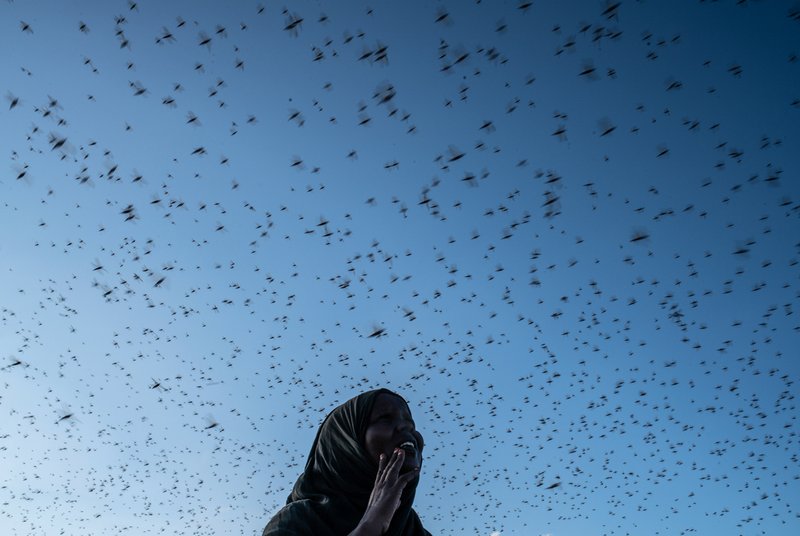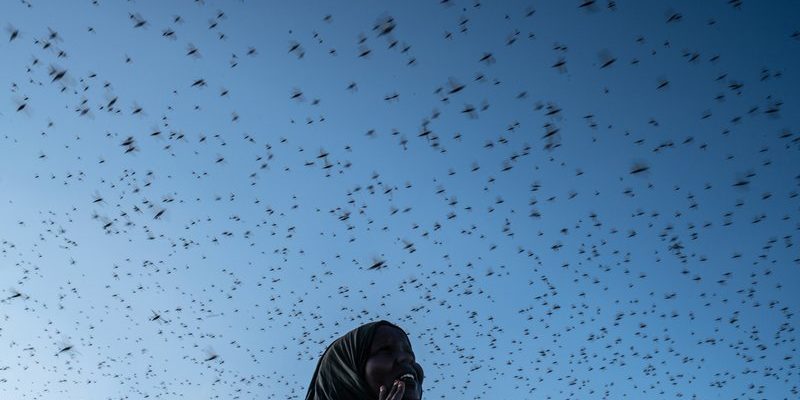
Think of flies like the canaries in the coal mine. They’re sensitive to changes in their environment, and if they’re struggling, it’s a sign that something bigger is going on. As temperatures rise and weather patterns shift, the impact on flies—and subsequently the entire food chain—could be profound. Let’s dive into how climate change affects these little creatures and what it means for our planet.
The Role of Flies in Our Ecosystem
Flies may seem annoying but they actually serve vital roles in the environment. They’re not just here to buzz around your picnic. Many species, like house flies and fruit flies, help break down decomposing organic matter. This process is crucial for nutrient recycling in ecosystems. Without flies, we’d have a lot more waste cluttering our world.
Moreover, flies are an essential food source for a variety of birds, reptiles, and other animals. When their populations decline due to climate change, it can create a ripple effect, impacting everything from bird populations to the health of plant life. Here’s the thing: when flies thrive, it usually means the ecosystem is balanced and healthy.
The Impact of Rising Temperatures
As the planet warms, flies are feeling the heat directly. Flies are cold-blooded creatures, meaning their body temperature depends on the environment. As temperatures rise, flies can reproduce faster. This might sound good at first, but it can lead to overpopulation.
Flies that thrive in warmer conditions may outcompete other species, upsetting the balance of local ecosystems. Additionally, higher temperatures can lead to more rapid development and increased reproduction rates. You might be wondering, “Isn’t that a good thing?” Not necessarily. A sudden boom in fly populations can lead to more pest problems for farms and gardens and can even increase the spread of diseases, as flies can carry harmful bacteria.
Changing Rainfall Patterns
Climate change isn’t just about temperatures—it’s also about shifting rainfall patterns. Some regions face heavy rainfall, while others suffer from drought. What does this mean for flies? Well, flies thrive in moist environments. Heavy rains can create perfect breeding conditions, while drought can reduce their habitats.
In regions where rainfall becomes unpredictable, fly populations may fluctuate dramatically. This unpredictability can make it tough for other animals that depend on flies for food. Imagine a bird struggling to find its fly dinner because the weather went haywire! A sudden drop in food sources can lead to declines in bird populations or even drive them to migrate to find reliable food.
Changes in Food Sources
As climate change alters the landscape, it doesn’t just affect flies directly; it also impacts the plants they rely on for food. Flies primarily thrive on decaying organic matter and certain plants. If plants struggle to grow or undergo changes due to climate factors, flies may find it harder to survive.
For instance, if certain flowers bloom earlier or later because of changing temperatures, the timing might not sync well with fly life cycles. This misalignment can lead to fewer flies around when they’re most needed in the ecosystem. It’s a delicate dance, and if one partner steps out of sync, the effects can be widespread.
Invasive Species and Competition
As climates shift, invasive species can start to move into new areas. These newcomers can bring challenges for native fly populations. Invasive species might compete for the same food resources or breeding grounds, pushing native flies into a tighter spot.
Plus, some invasive species might be better adapted to the new climate conditions. This can lead to a decline in native flies, which can disrupt local ecosystems. Think of it like a game of musical chairs—with fewer chairs, some species end up left out. If flies can’t find their place in the ecosystem, it can lead to broader disruptions.
The Spread of Disease
With climate change, the risk of diseases spreads among flies and other species. Flies can be vectors for bacteria and viruses, and warmer temperatures can facilitate the spread of these pathogens. As fly populations grow rapidly, so does the potential for disease transmission.
Additionally, changing conditions can prompt different species of flies to move into areas where they weren’t previously found. New types of flies may bring new diseases, affecting not just animal populations but humans too. It’s a sobering thought: our health can be intertwined with the well-being of flies, often viewed as mere nuisances.
What Can Be Done?
So, if climate change is impacting flies, what can we do about it? First, it’s essential to understand and spread awareness about the role of these creatures. Supporting local conservation efforts is a great way to help protect habitats that support flies and other wildlife.
Another important step is to reduce our carbon footprints. By minimizing our own contributions to climate change, we can help stabilize the environments where flies and other species live. Simple actions can make a difference—like using public transport, recycling, or supporting sustainable agriculture.
In addition, growing gardens with native plants can provide safe havens for flies and other pollinators. These plants adapt better to local climates and offer the right resources for various species. You might even notice a more vibrant garden, teeming with life!
Flies might seem insignificant, but their health reflects the broader state of our environment. As climate change continues to pose challenges, understanding its impact on these tiny creatures becomes vital. From changing temperatures to altered rainfall patterns, the effects ripple through ecosystems.
By recognizing the importance of flies and learning how to help them adapt, we can take meaningful steps to protect the balance of our planet. Together, we can ensure that flies—and the ecosystems they support—thrive in the face of climate change.

